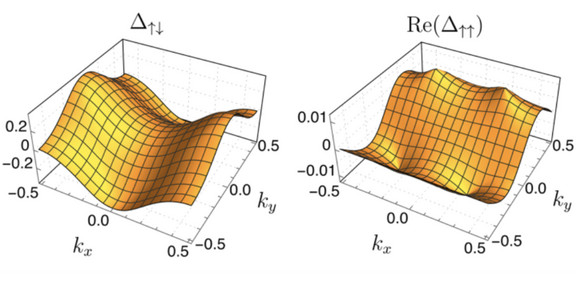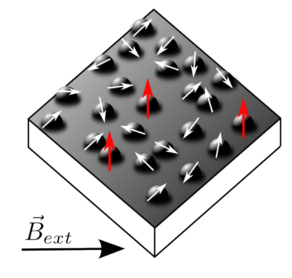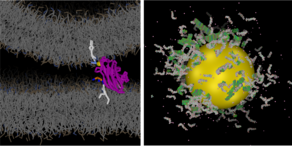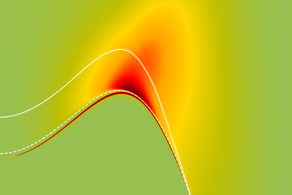Prediction of novel superconductors
- Fauseweh

Superconductivity is a remarkable quantum mechanical phenomenon where certain materials exhibit zero electrical resistance and the expulsion of magnetic fields when cooled below a characteristic temperature known as the critical temperature. Discovered in 1911 by Heike Kamerlingh Onnes, this phenomenon defies the ordinary conductive behavior found in metals and alloys at higher temperatures.
Despite the early discovery it took physicist 46 years to find a microscopic explanation for the experimental observation, the Bardeen–Cooper–Schrieffer (BCS) theory. In this theory electrons overcome their Coulomb repulsion due to an attractive force in the material to form pairs, that condense into a superconducting state of matter. This achievement in the field of condensed matter physics was awarded with the Nobel price in 1972.
However, many open questions remain in the field of superconductivity. For example, current theories assume an attractive force that acts only on very short length scales for computational ease. But this ad-hoc assumption is often not justified in real materials. Together with a group of mathematicians and physicists from the Saarland University, the TU Eindhoven and the German Aerospace Center Jun.-Prof. Benedikt Fauseweh now investigated the effect of long-range interactions onto the BCS theory. They showed, that a suitable generalized BCS theory can account for these long-range interactions. More importantly, when investigating the new phase diagram, they found a novel superconducting phase, that could be useful for future quantum computers.
They now describe their discovery in a popular science article in the renowned magazine "Spektrum der Wissenschaft".







